How to Train to Swim in a Triathlon
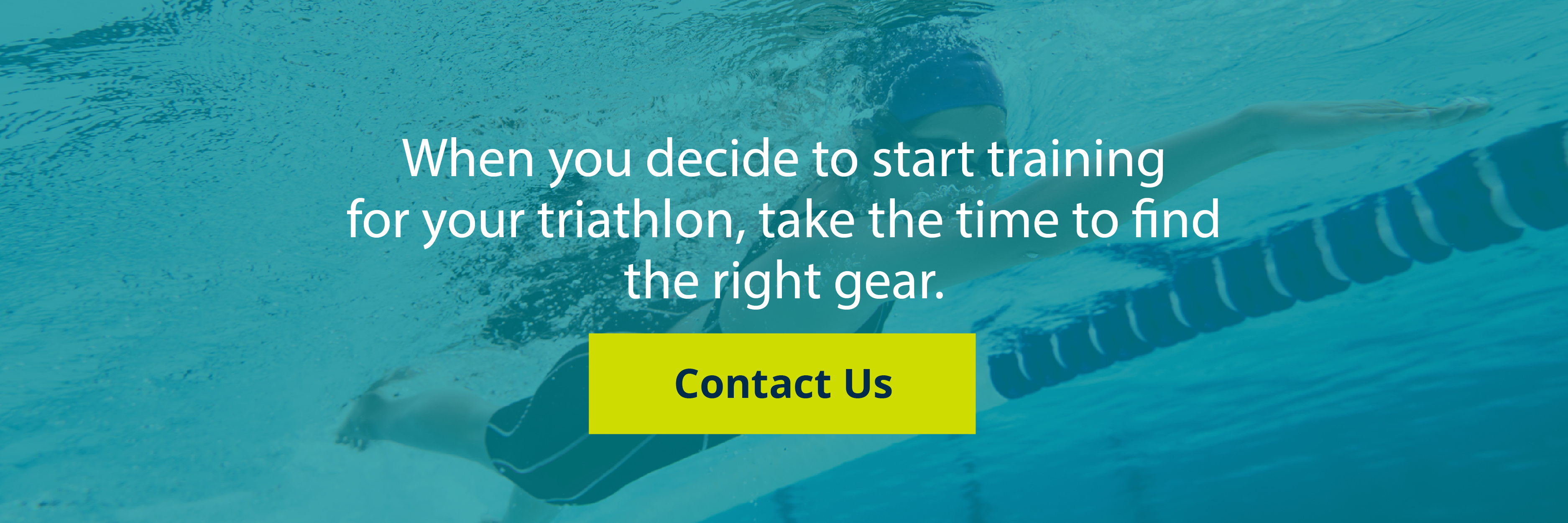
Learn To Swim, Swimming News, Masters Swimming, Swim Teams
|
October 24, 2022
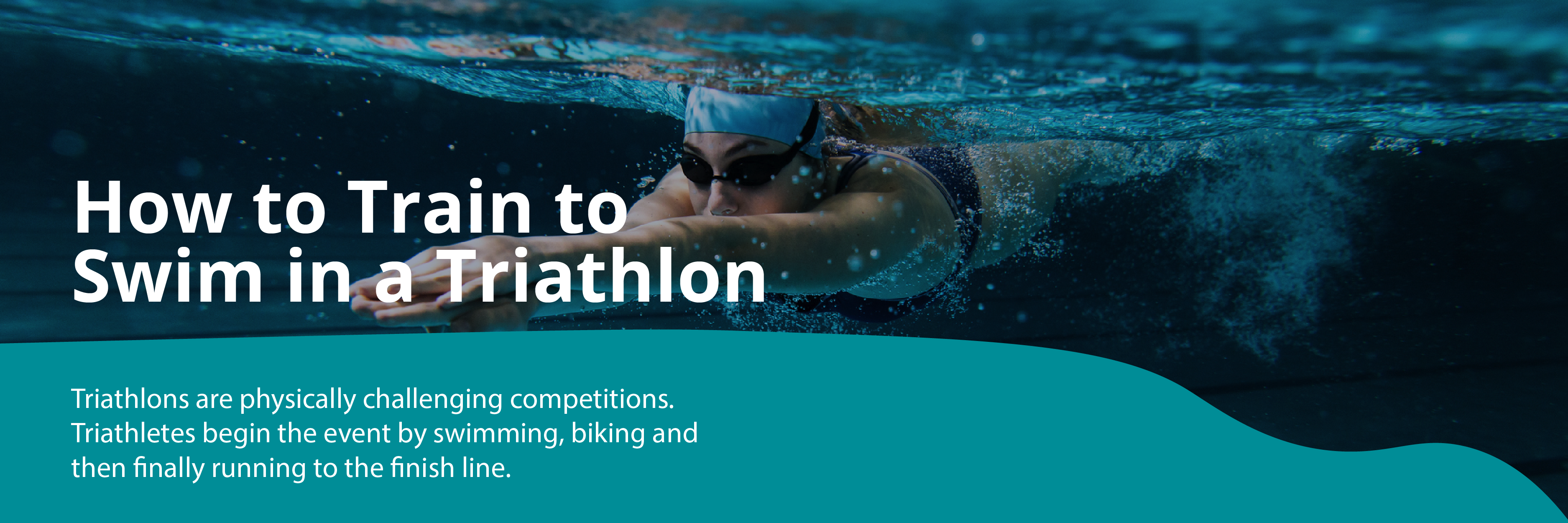
How to Train to Swim in a Triathlon
Triathlons are physically challenging competitions. Triathletes begin the event by swimming, biking and then finally running to the finish line. Depending on which triathlon guidelines the event adheres to, the distance for each portion of the challenge will differ. For example, the Olympic guidelines for a triathlon include 0.93 miles of swimming, 24.8 miles of bicycling and 6.2 miles of running. An Ironman Triathlon ups the challenge with 2.4 miles of swimming, 112 miles of bicycling and 26.2 miles of running. Other variations on the triathlon will require different distances or even mix up their order of events. Regardless of which guidelines your event follows, you will need to get into the water and swim. When you commit to triathlon, you need to get your endurance level and conditioning up. Use these triathlon swimming tips to prepare for the first leg of your competition.Tips for Preparing to Swim in a Triathlon
- Swim Training: If you are looking for a guide on how to swim a triathlon for beginners, the first step is simple. Find a pool where you can get in the water and train. Set aside time each week for swimming laps and timing yourself. You can train solo, or you can seek out other triathletes gearing up for the race. No matter how you prefer to practice, commit to a regular schedule and track your progress. Triathlon swim training is just as essential as preparing for the biking and running portions of the race.
- Training Tracking. A triathlon training schedule is a rigorous process that requires a lot of planning. When will you get in the pool? How many times a week? How will you track your progress? Instead of trying to rely on your memory, invest in a swim log and goal planner to keep you on track. You can easily keep track of your workouts and training milestones as you work toward the day of the race. Swim logs can even offer helpful insight into training technique.
- Proper Training Equipment. On the day of the race, you won't need much equipment for the swimming portion. But, you can use different gear to help you as you train. For example, kickboards and fins can help you strengthen your legs and hone your kick technique. Likewise, paddles can help you strengthen your arms and improve your stroke. If you want to focus on your arm and leg movement without thinking about breathing technique, you can use a training snorkel.
- Proper Racing Gear: When you are training for your triathlon and then finally competing, you need the right equipment. Serious triathletes typically invest in separate swimsuits for training and race day. The chlorine of a pool can damage your suit, and you want your race day suit in top condition to help you perform at your best. Opt for the same suit or a similar style for training and racing, so you get accustomed to the feel and performance of the suit before the actual competition.
- Mental preparation: A triathlon, especially for first-time competitors, can be an intimidating and grueling experience. You want to perform well, and the pressure is high. Factor mental preparation into your training routine. Set goals for your swim time, but don't let the desire to meet those goals sap all the enjoyment from the event. Completing a triathlon is a significant achievement worth celebrating.
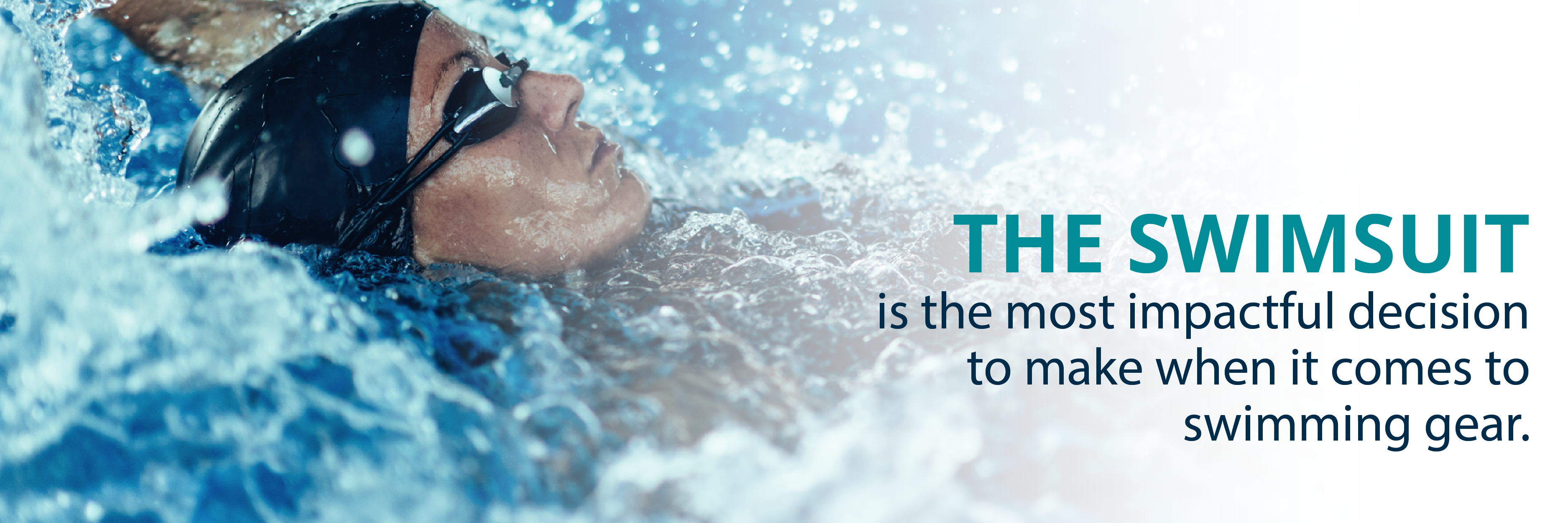
How to Improve Your Triathlon Swimming Technique
If you signed up for a triathlon, you likely already know the basics of swimming. You will need to spend your training time improving your technique to shave valuable seconds off of your time. Here are triathlon swimming tips for beginners.- Kick: Your legs provide a great deal of propulsion when you are in the water. Some triathletes focus on saving their leg strength for biking and running, but maximizing your efficiency in the water requires a strong kick technique. Good kick technique is not about how fast or furiously you move your legs. Instead, it is about mindful, balanced kicks that help keep your body balanced in the water. Practice your kick by taking your arms out of the equation. Use a kickboard and do laps using only your legs. Ankle strength is an underrated, but central, component of an efficient kick technique. Work on ankle strength outside the pool by doing ankle rotations and exercises like skipping rope. These dryland exercises can do double duty as training for the running portion of the triathlon.
- Pull: A triathlon swim also requires upper body strength. When swimming freestyle, your arms will do approximately 90% of the work to move you through the water. When working on your technique, break down the arm movement into its separate parts: down-sweep, in-sweep, upsweep and recovery. Your arms move in alternating motions. While one is coming up out of the water, the other is extending underwater along your body. The arm that moves upward will have a bent elbow, while the arm in the water will pull straight back. The arm beneath the water will have a moment to recover before it sweeps upward and out of the water. The position of your hands is also an essential part of pulling yourself through the water. Keep your fingers tightly together, forming one smooth line from your wrist to your fingertips. Each hand will enter the water at an angle to minimize splashing and unnecessary drag. As you practice, work to make your arm motion one smooth cycle.
- Head position: While your arms and legs do the work of moving you through the water, the way you position your head is an essential part of your technique. You will place your face in the water, keeping your head in line with your body. As your arm moves up to stroke forward, you will turn your head to the side just enough to take a breath. When your arm comes down, you will turn your head to place your face back in the water. If you want to practice just your head position and breathing, you can use a kickboard. With your arms straight in front of you, try moving through the water using only your legs. As you move, you can practice the back-and-forth movement of your head. You can also make this drill completely static by placing your arms straight on the edge of the pool.
- Watch yourself: Triathlon swimming technique can be hard to master when you can't track your progress. If you have a training partner, take turns filming one another. Watch video of yourself to determine which areas of technique you still need to hone. Watch how you kick, how your arms enter the water and how you position your head. Having this visual training tool can help you measure your progress and adjust your training regimen as needed.
A Swim Training Plan
You will likely swim freestyle during the race. Naturally, this stroke will be a big part of your swim training plan, but it won't be the only stroke you swim. Triathlon beginner swimming incorporates other strokes like breaststroke. Each person will have a unique training swim training plan, but you can build those plans with basic exercises, such as the following.- Warmups: As with any type of exercise, you want to warm up your muscles first. Swimming warmups involve shorter distances and reps. For example, you can warm up with six 50-meter laps with a focus on kick drills. You can also keep things simple by warming up with a brisk 400-meter swim.
- Main workouts: Swimming in a triathlon is all about endurance, which means your training should help you build that necessary stamina. Swim a medley of 100 meters each of freestyle, breaststroke, backstroke and butterfly to build up endurance. You can also work in technique training into different sets. For example, swim 400 meters of freestyle while working on your breathing technique. You can also time yourself swimming the entire distance your triathlon requires, whether Olympic or Ironman guidelines.
- Cooldowns: After pushing yourself through your swimming workout, you will want to give your body a chance to cool down. Try a 200-meter swim at a slower pace. You can also do four 50-meter laps with rests between each lap. Do 25 meters of freestyle and 25 meters of any other stroke.
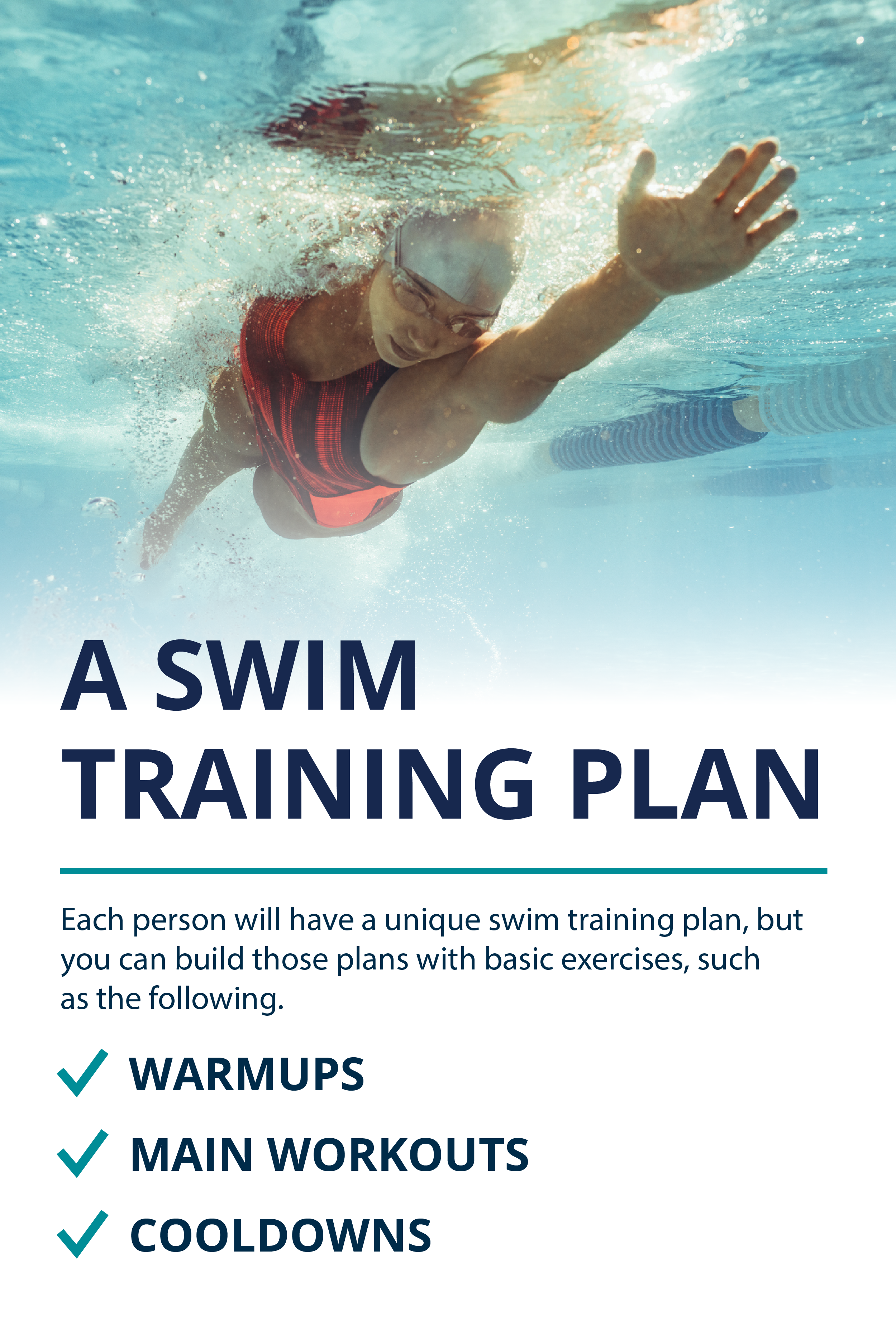
What to Do the Week Before the Race?
Training for a triathlon is intense. After your workouts, you might feel sore and depleted of energy, which is why it is vital to taper your training as race day approaches. You want to keep your body in top shape for the race, but you do not want to push yourself so much that you will struggle to perform at your best during the actual event. The week before the event, your training will be lighter. Swim training will only take up two days of your pre-race week, leaving room for you to slow down your biking and running workouts as well.- First day of swimming: On your first day of swim training, you will spend a short amount of time in the pool with a quick warmup, a few sets and a cooldown. Swim between 300 and 400 meters to warm up in the water, which works out to eight laps in a 50-meter Olympic-sized pool and 16 laps in a standard 25-meter pool. After you have warmed up, you can time yourself on 50-meter sprints. Complete up to eight sprints and allow yourself time to recover between each set. This light workout is designed to get you ready for the big day, but it won't fatigue your muscles and affect your performance on race day.
- Second day of swimming: You may want to give yourself a day or two between swimming workouts the week before the race. When you do get back into the water, this workout will be even more low-key than the first one. Swim 800 meters at a leisurely pace. Focus on your form, but do not push yourself too hard.
What to Do on Race Day?
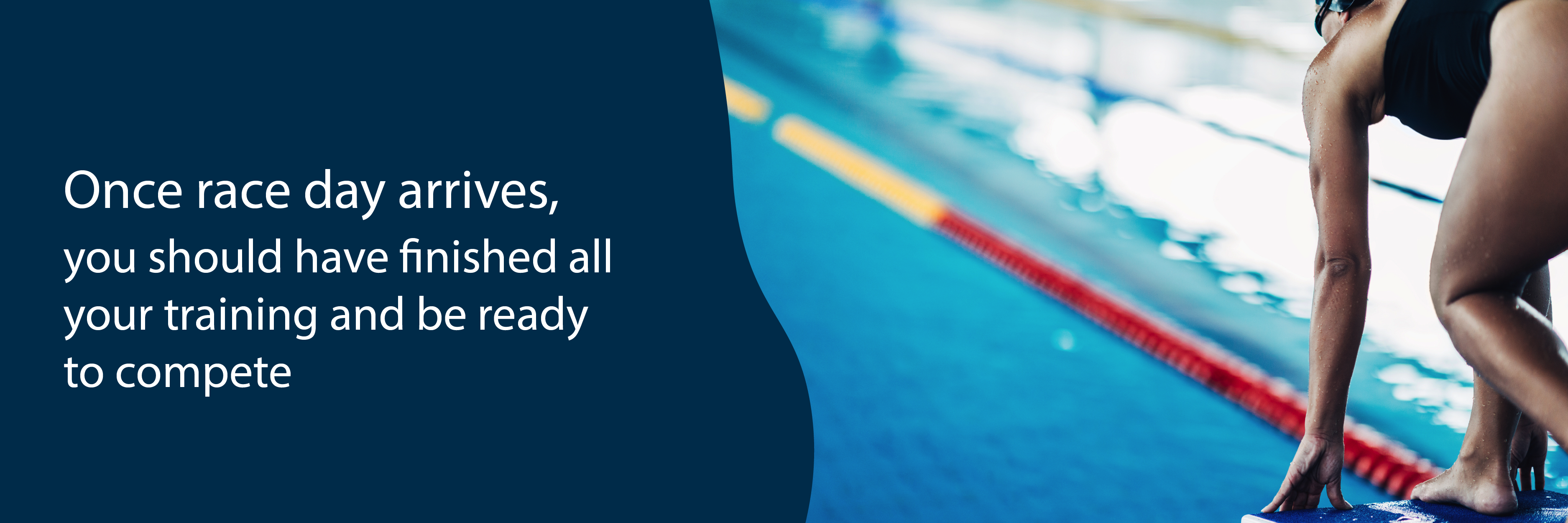 Once race day arrives, you should have finished all your training and be ready to compete. You don't want to cram in any last-minute practice. It is better to save your energy for the actual triathlon. But, there are a few things you can do to make sure you are ready to race at your best.
Once race day arrives, you should have finished all your training and be ready to compete. You don't want to cram in any last-minute practice. It is better to save your energy for the actual triathlon. But, there are a few things you can do to make sure you are ready to race at your best.
- Eat: You may be a bundle of nerves before you even get to the start line, but you should still get some food in your stomach. Make yourself something substantive about two hours before the race begins. That gives you some time to digest your food while still giving your body the fuel it needs. Choose foods that are part of your regular diet. Race day is not the time to try out something new. Go with something high in carbohydrates, such as pasta or pancakes. If you can't stomach the idea of solid food, blend yourself a high-protein smoothie with ingredients like fruits, veggies and oats.
- Organize your gear: Take the time to organize your equipment before you leave for the race. Do you have your swimsuit, goggles and a spare swim cap? Do you have any extra items like a nose plug and earplugs? Do you have all the gear you will need once you hop on the bike and hit the ground running? Being organized not only ensures you have everything you need, but it can also help soothe your nerves.
- Prepare transition areas: Arrive early enough to give yourself time to check in, test out any gear the race organizers provide you and, perhaps most importantly, set up your transition points. During the race, you want the shift from swimming to biking and then biking to running to go as smoothly as possible as you push yourself toward a personal best time. Set up your gear at each transition point and mark it with something that will make it easy to recognize. You do not want to waste valuable time searching for your bike and running gear.
- Find your starting place: When it is time to line up for the start of the race, find yourself the best possible position. If you are a triathlon beginner, consider starting further back from the crowd. Triathlon etiquette dictates the fastest swimmers should enter the water first. If you are confident in your swimming abilities and expect to be at the head of the pack, position yourself accordingly. No matter where you are in the starting line, remember to give your fellow competitors ample space.
- Celebrate success: Regardless of your finishing time, you should celebrate your success. Finishing a triathlon is an impressive achievement. If you are looking to improve your time, you can always adjust your training schedule and sign up for another competition.
Kiefer — Your Home for Triathlon Equipment
When you decide to start training for your triathlon, take the time to find the right gear. Browse Kiefer for the swimwear and gear you need to train for and compete in the swimming portion of a triathlon.




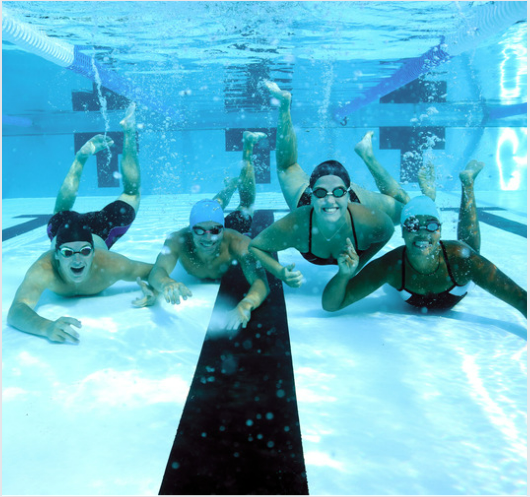


Leave a Comment
Your email address will not be published. Required fields are marked *